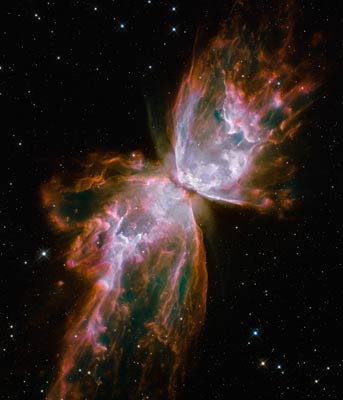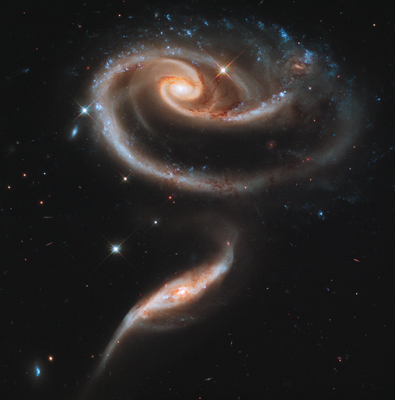TO INFINITY AND BEYOND
CELESTIAL NAVIGATION
Humans have been reaching to the stars since we first laid eyes upon them. The stars have been used in navigation since the earliest recorded history. Written history makes direct reference to celestial navigation such as in the Aeneid: Book V, “...watches all the stars that glide through silent skies: he marks Arcturus, the twin bears and the rainy Hyades, Orion armed with gold; and seeing all together in the tranquil heavens, loudly he signals from the stern”. There are also many other written texts that reference celestial navigation. Even to this day we use celestial navigation, although in a more mathematical form invented by Commander Marcq de Saint-Hilaire of the French Navy in 1875. This form of navigation is known as the "intercept" method.
LOOKING OUTWARD
In history there have been many people who have made leaps in astronomy, and in turn, understanding the universe. From Eratosthenes discovering the circumference of the earth using trigonometry and shadows, Heraclides developing the first solar system model, a geocentric model, to Copernicus followed by Galileo who both suggested then attempted to prove the heliocentric theory. The heliocentric theory was the hypothesis that the earth was rotating around the sun. However, acknowledging all of the sacrifices and accomplishments of these great historical figures, one of the single greatest revolutionaries in the history of astronomy, but more importantly physics, was Sir Isaac Newton. The most fundamental of his discoveries was Newton's three laws of motion. Newton's discoveries will be discussed more deeply in The Beauty in Math page.
TAKING A DEEPER LOOK
A more recent development in astronomy has been the Hubble Space Telescope, launched in 1990. This telescope is the farthest viewing telescope that has ever been built; and gathers the most breathtaking view of physics in action. Don't believe me? check out this Butterfly Galaxy known as NGC 6302 (http://hubblesite.org)

"What resemble dainty butterfly wings are actually roiling cauldrons of gas heated to more than 36,000 degrees Fahrenheit. The gas is tearing across space at more than 600,000 miles an hour—fast enough to travel from Earth to the Moon in 24 minutes. A dying star is at the center of this fury. It has ejected its envelope of gases and is now unleashing a stream of ultraviolet radiation that is making the cast-off material glow. (hubblesite.org)"


These photos(http://hubblesite.org) are some of most beautiful representations of physics. It is important to notice the power and elegance of these galaxies. The rose Galaxy cluster (on the right) shows a simply gorgeous spiral that can almost be as beautifully described by Newton's three laws, and some very complicated calculus. The amazing display of pressure, heat, and gravity (on the left) is a tower of gas and dust. It is 57 trillion miles long extending from a stellar nursery known as the Eagle Nebula.
UP UP AND AWAY!
One of the most powerful feats by mankind was joining the stars. Many mark that date as the day we sent the first man to space, April 12th 1961, or the day we landed a man on the moon, July 20th 1969. However, the day we joined the stars can be best marked by our first orbit. Sputnik, the first artificial satellite to orbit the earth was our entrance to space. In October 1957, as we replicated the processes that govern the systems of our universe we become part of that system, and we joined the stars. Orbits are one of the most fundamental components of the universes incomprehensible complexity. Orbits themselves, however, are not that complex. Indeed, a elementary understanding of physics and algebra can make a simple orbit understandable. Which is what we will discover in The Beauty in Math page.
 THE GREAT UNKNOWN
THE GREAT UNKNOWN